In Tribute: Dorothy “Dot” Griffis Jones ’47
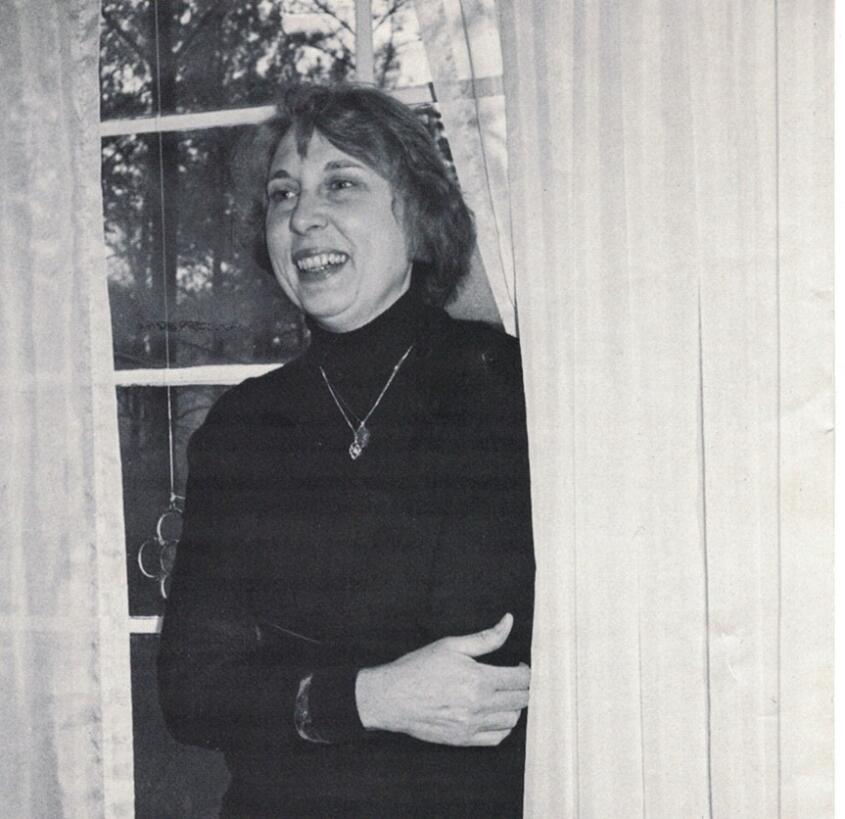
By David Christopher Jones
I never went to Birmingham Southern, but I feel like I did.
My mother, Dorothy “Dot” Griffis Jones, graduated from BSC in 1947, and soon after met my father, Eudean Jones, who was at BSC on a teaching fellowship. When I was growing up, our closest friends included Hugh and Barbara Thomas, Elise and Irvin Penfield, Ezra Sims, and Evelyn Wiley—all distinguished BSC graduates and/or teachers. I could add quite a few other names, but basically, at one point, almost everyone in my parents’ circle had some connection to the Hilltop. Dorothy loved her time there, and those experiences forever shaped her music, her art, and her teaching. 
Dorothy graduated with a degree in music. She was a light lyric soprano, and sang in the Birmingham Southern chorus (directed by Raymond Anderson) and in a few other choruses, including The Hugh Thomas chorus, which toured the state and eventually performed at the celebrated Town Hall concert in New York City in 1951. The members of that chorus had reunions for decades afterwards. It was quite a show.
But Dorothy realized art was her greatest passion. She continued with the chorus, but spent less time at rehearsals and more time stretching canvases and cutting mats (back when you did that yourself). She explored different media, including watercolor, oil, acrylic, ink, collage, drawing, monotype, and photography. She worked comfortably with both representational and abstract art. Her realistic art was precise, accurate, and strongly influenced by geometry. She considered her abstract art purer because its concerns were basic: color, shape, form, and composition. Her influences ranged from Cezanne to Charles Sheeler and Robert Motherwell. Her concerns included climate change and the treatment of American Indians. Her work was color-driven and immersive.

Dorothy started showing in 1956 and had immediate success, winning awards throughout her long career. Her work appeared in more than 70 shows, including juried and group shows and solo exhibitions. Her work also appears in many private, corporate, and institutional collections, including various UAB hospitals and clinics, Regions Financial Corporation, and the prestigious Blount Collection. She even painted an album cover for CRI Records.
In addition, Dorothy taught for more than 25 years at The Birmingham Museum of Art, UAB, and Space One Eleven. She taught the importance of concentration and vision, looking at the everyday elements around us that can be transformed into art. The world is filled with still lifes, portraits, and landscapes, plus patterns of color and form. To be a good artist, you must first train your eye.
Many people want to be artists, but it can be hard to turn that into a career. Dorothy wanted to show her students how to do that. Dorothy learned how to draw and paint, and then how to successfully promote her work, and she wanted to share her experiences. She gave away her secrets, her students said. Dorothy said painting sharpened her mind because every painting was a little battle, or perhaps a little problem, with a very complicated solution. She was always honest and supportive of her students, and some became lifelong friends.
On the business side, she held various positions in the Watercolor Society of Alabama and Birmingham Art Association. She was a member of BSC Council on the Arts, a board member of the Birmingham Art Association, and the Art Education Council of the Birmingham Museum of Art. She also judged exhibits and conceived and curated shows of other artists’ works. She was frequently reviewed and pictured in the Birmingham News, and was featured in an article in B-Metro about the profound impact teachers have on their students.
Dorothy and Eudean had a wonderful marriage. They were best friends, and so very much alike. Eudean was a classically trained pianist, and the financial director for the YMCA. They performed together on WBRC’s radio station in the 1950s, with Dorothy singing from Canteloube’s “Songs from the Auvergne” and Eudean accompanying her on the piano. They enjoyed traveling, entertaining, and watching movies together. They could always make each other laugh. Dorothy was an excellent cook, a great friend, and a wonderful mom. 
All of this leads back to Birmingham Southern. In the 1940s, BSC was uniquely able to give Dorothy the music training she needed, but also the confidence to expand her focus to art and to teaching. Her professors had a big influence on her teaching style, and the atmosphere at Birmingham Southern was inspirational. Thanks to the foundation she got at BSC, Dorothy was able to be a singer, a painter, and a teacher, all in one lifetime. I don’t think she would have changed a thing.
Dorothy Griffis Jones passed away in December 2022 at age 96. Her son, David Christopher Jones, was born in Birmingham. He worked at Houghton Mifflin Harcourt Publishing, starting as an editor, and leaving 20 years later as the head of educational technology marketing. David returned to Alabama to care for his mother, and to work as a vice president of business development for a healthcare consulting company. Though now retired, he has completed two novels and is working on a third.
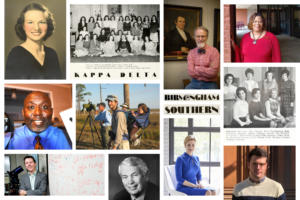



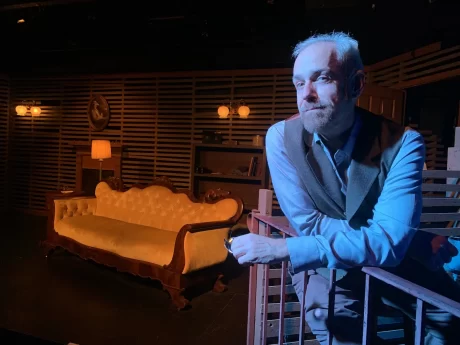
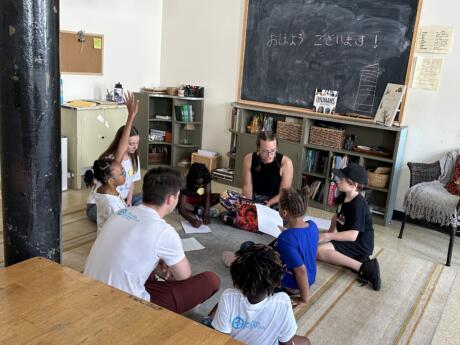

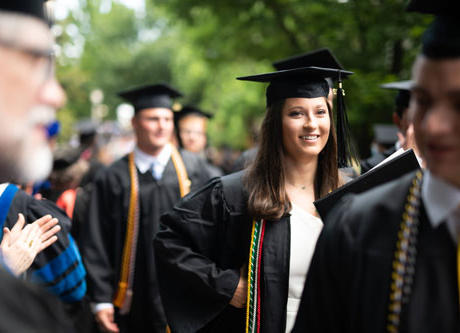



// Comments are closed //